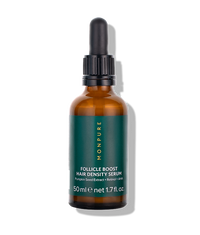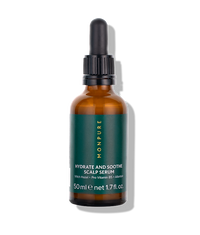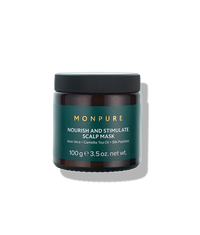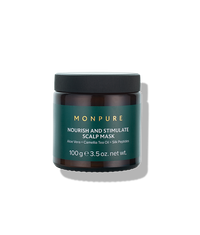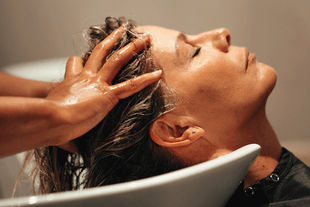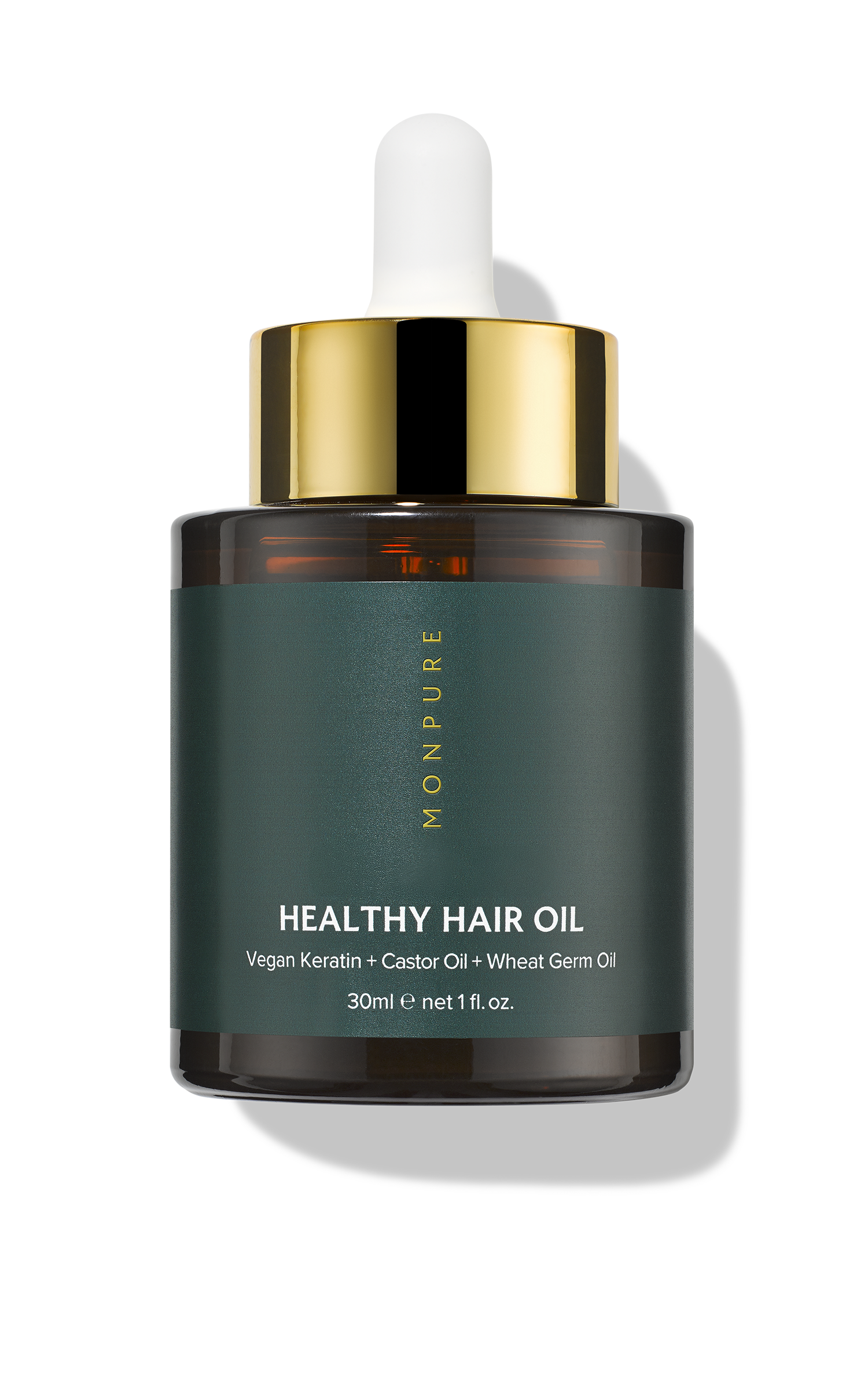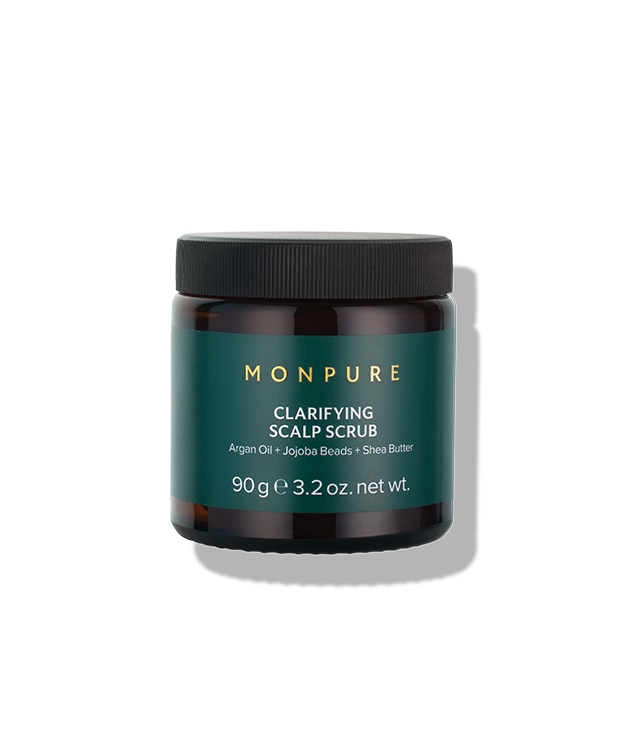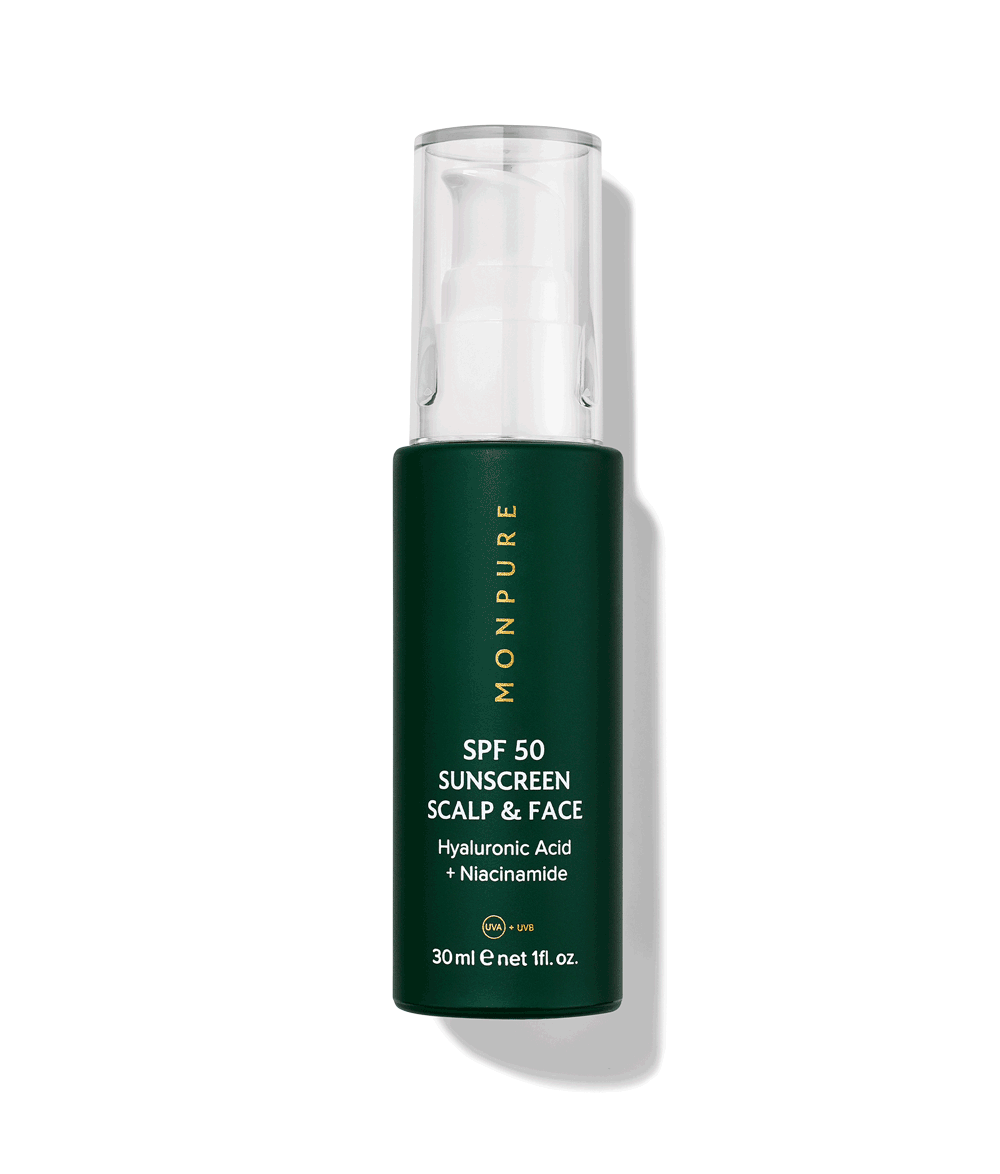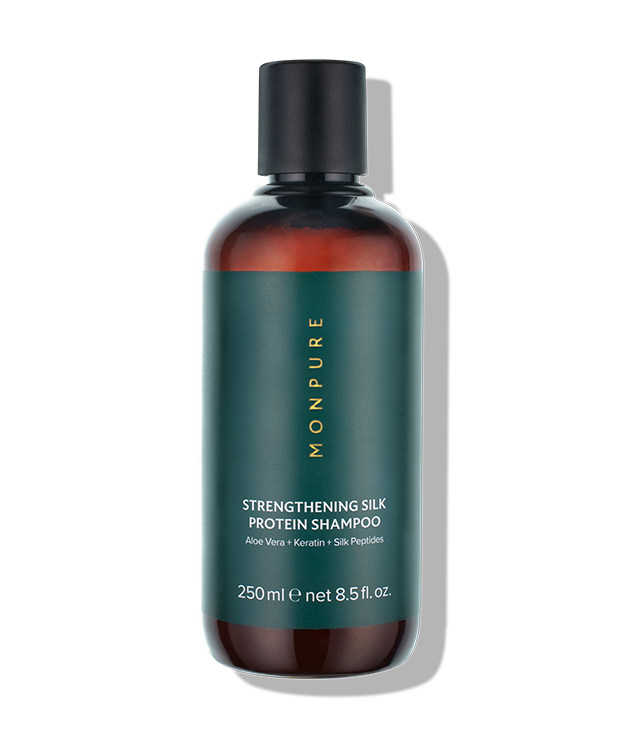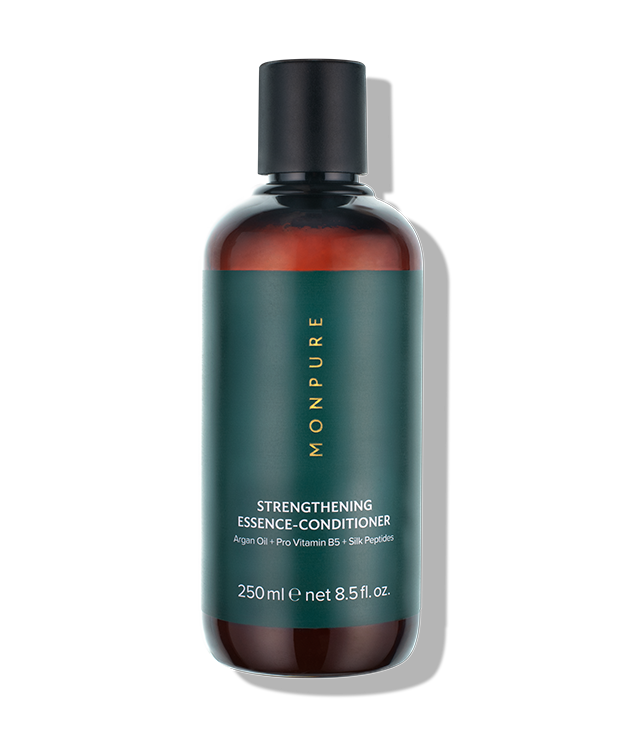What is Trichotillomania or 'Hair Pulling Disorder'?
What exactly is Trichotillomania? Pronounced: trik-oh-till-oh-MAY-nee- uh or often shortened to TTM or ‘trich’, trichotillomania is a type of hair loss that. Trichotillomania is also termed "hair pulling disorder", and is classified as an anxiety disorder.
Watch Hattie’s story:
Hair Loss - Trichotillomania
Trichotillomania or hair pulling disorder occurs when patients have a strong urge to persistently rub or pull out their hair. This hair pulling disorder can be accompanied by other disorders, including depression, anxiety or obsessive-compulsive disorder (OCD). As with other types of hair loss, such as alopecia areata, periods of intense stress may trigger it.
Unfortunately, it remains one of the least researched and most misunderstood disorders, and many people feel like they’re the only ones going through it. Hair loss advocate Hattie Gilford explains: “A lot of people don't even know what trichotillomania is, even though one in 50 people have the condition. I think this is largely because people often feel too ashamed to talk about it. I really hope people watch this campaign and realise that they're not alone.”
She continues, “People often say 'just stop pulling your hair out" which is absolutely impossible – it's far from that simple. I battled trichotillomania for 18 years and it's the hardest journey I've ever been on. I felt like I was the only person in the world with trichotillomania, because it's not often spoken about.”
Some people may pull their hair for sensory stimulation often focusing on the most coarse hairs on their head – as writer Ava Welsing-Kitcher wrote about for a piece in Stylist, explaining how it started:
“When I felt anxious or even just bored while watching TV, I’d absent-mindedly find my hand reaching towards my crown. The tension would build as I rifled through hairs to find the perfect one to pluck; once I had done so, the anxiety dissolved, only to be replaced with shame and frustration… but that wouldn’t stop me from repeating it. And so went the vicious cycle.”
She describes how this became a regular occurrence. “As a teenager, I saw my hair pulling as a freakish bad habit … I’d catch my mother staring at my sparse crown area with such intense worry that it hurt me more than anything. ‘By getting rid of the coarse hairs, you’re denying your African heritage,’ she’d caution me, but it was never about race for me. The selected hairs just stood out, in the same way a lone grey might.”
Trichotillomania or hair pulling disorder is something our Head of Content Viola Levy also suffered with as a teenager. “I have naturally wavy hair and I tend to pull out any strands that are particularly coarse. I’m doing this with grey hairs too as I get older and more of them crop up. I also have a tendency to try and find brittle hair strands and snap them in half when I’m stressed,” she explains. “I did this a lot as a teenager – I remember taking a GCSE exam and the white question paper being covered in bits of my black hair by the end of the two hours. I used to pull at the nape of my neck where it was less visible (I still have tufts where it hasn’t grown back properly). When my hairdresser lifted up the back of my head, he asked why the hair was patchy and broken.”
Constant hair pulling from the scalp can result in patches of hair loss, as well as scarring and infected hair follicles. It can also lead to scarring alopecia, where the pulled-out hair doesn’t always grow back. Hair pulling and subsequent hair loss can be very distressing for the person suffering it, and can interfere with their day to day lives and self-esteem. Some people with trichotillomania wear wigs or wig toppers, or style their hair in ways to disguise the areas where the hair has been pulled out.
Trichotillomania or hair pulling disorder also disproportionately affects women (possibly due to the fact that many of us have long hair which is easier to pull out). A staggering 70-93% of preadolescents and young adults with trichotillomania are female,* while according to the American Journal of psychiatry, adult female sufferers tend to outnumber males by three to one.
In the 2010 documentary on trichotillomania Girls On The Pull, hair extensions specialist and salon owner Lucinda Ellery called it, “the worst form of hair loss that I have ever witnessed.” On her clients with the disorder, she used an intra-lace system designed to cover the area with mesh, extensions and hair, which acts as a barrier, preventing pulling and giving the hair a chance to re-grow. “The intra-lace is not a cure-all,” she noted. “Covering it up might make you feel better, but you have to learn to deal with the impulses.”
Types of treatment for trichotillomania or hair pulling disorder include hypnotherapy and cognitive behavioural therapy which aim to ascertain and dismantle the behavioural patterns and common triggers that contribute to the hair pulling. Talking therapies, relaxation and deep breathing techniques to deal with any underlying anxiety conditions are also used.
If you find yourself pulling your hair out, remember that you’re not alone and – most importantly – that it’s not your fault. It’s important to speak to your GP at the earliest opportunity, who can recommend the appropriate course of treatment and therapies to deal with any accompanying mental health issues.
You can also join our new community support page @It’sNotJustHair_ is a place where women with hair loss can share their stories, understand more about the condition and connect with others going through a similar experience.
Hattie features in our new campaign film It’s Not Just Hair and has dealt with trichotillomania for 18 years. Click here to read more about her story.
If you would like to share your own hair loss story, upload a video or selfie and don’t forget to tag @monpurelondon #itsnotjusthair. Let’s break the silence surrounding female hair loss.
Have a question for our team of experts? Email us at experts@monpure.com
*Mayo Clinic

